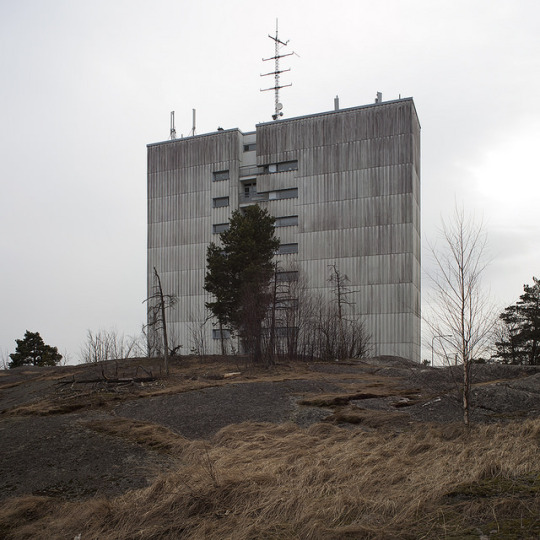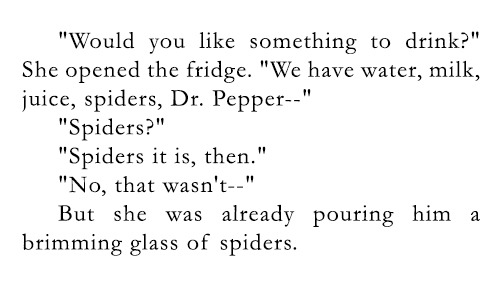Ur led är tiden, ve att jag är den som föddes att vrida den rätt igen.
Don't wanna be here? Send us removal request.
Photo

SpokenVerse: Sure, this is a sexy poem but it's misogynistic too. It expresses both attraction and revulsion for the vagina, the woman's 'secret'. It criticises how women use their secret to gain advantage over men, saying that they're all whores. It ends with the notion that once a woman's secret is revealed it soon becomes overripe and passes its "use by" date. It would seem that this distaste is a projection of Lawrence's sexuality which was ambivalent and a source of inner conflict. It is certain that he did have homosexual feelings and experiences, he said so himself.
https://en.wikipedia.org/wiki/D._H._Lawrence
The idea that certain objects look vaguely similar to genitalia is only of interest to somebody who doesn't know what the real thing looks like - and wants to visualise it. There are no useful inferences to be drawn from this accidental resemblance.
“Figs” by D.H. Lawrence
The proper way to eat a fig, in society, Is to split it in four, holding it by the stump, And open it, so that it is a glittering, rosy, moist, honied, heavy-petalled four-petalled flower.
Then you throw away the skin Which is just like a four-sepalled calyx, After you have taken off the blossom, with your lips.
But the vulgar way Is just to put your mouth to the crack, and take out the flesh in one bite.
Every fruit has its secret.
The fig is a very secretive fruit. As you see it standing growing, you feel at once it is symbolic: And it seems male. But when you come to know it better, you agree with the Romans, it is female.
The Italians vulgarly say, it stands for the female part; the fig-fruit: The fissure, the yoni, The wonderful moist conductivity towards the centre.
Involved, Inturned, The flowering all inward and womb-fibrilled; And but one orifice.
The fig, the horse-shoe, the squash-blossom. Symbols.
There was a flower that flowered inward, womb-ward ; Now there is a fruit like a ripe womb.
It was always a secret. That’s how it should be, the female should always be secret.
There never was any standing aloft and unfolded on a bough Like other flowers, in a revelation of petals; Silver-pink peach, venetian green glass of medlars and sorb-apples, Shallow wine-cups on short, bulging stems Openly pledging heaven: Here’s to the thorn in flower! Here is to Utterance! The brave, adventurous rosaceæ.
Folded upon itself, and secret unutterable, And milky-sapped, sap that curdles milk and makes ricotta, Sap that smells strange on your fingers, that even goats won’t taste it ; Folded upon itself, enclosed like any Mohammedan woman, Its nakedness all within-walls, its flowering forever unseen, One small way of access only, and this close-curtained from the light ; Fig, fruit of the female mystery, covert and inward, Mediterranean fruit, with your covert nakedness, Where everything happens invisible, flowering and fertilization, and fruiting In the inwardness of your you, that eye will never see Till it’s finished, and you’re over-ripe, and you burst to give up your ghost.
Till the drop of ripeness exudes, And the year is over.
And then the fig has kept her secret long enough. So it explodes, and you see through the fissure the scarlet. And the fig is finished, the year is over.
That’s how the fig dies, showing her crimson through the purple slit Like a wound, the exposure of her secret, on the open day. Like a prostitute, the bursten fig, making a show of her secret.
That’s how women die too.
The year is fallen over-ripe, The year of our women. The year of our women is fallen over-ripe. The secret is laid bare. And rottenness soon sets in. The year of our women is fallen over-ripe.
When Eve once knew in her mind that she was naked She quickly sewed fig-leaves, and sewed the same for the man. She’d been naked all her days before, But till then, till that apple of knowledge, she hadn’t had the fact on her mind.
She got the fact on her mind, and quickly sewed fig-leaves. And women have been sewing ever since. But now they stitch to adorn the bursten fig, not to cover it. They have their nakedness more than ever on their mind, And they won’t let us forget it.
Now, the secret Becomes an affirmation through moist, scarlet lips That laugh at the Lord’s indignation.
What then, good Lord! cry the women. We have kept our secret long enough. We are a ripe fig. Let us burst into affirmation.
They forget, ripe figs won’t keep. Ripe figs won’t keep.
Honey-white figs of the north, black figs with scarlet inside, of the south. Ripe figs won’t keep, won’t keep in any clime. What then, when women the world over have all bursten into affirmation? And bursten figs won’t keep?
1 note
·
View note
Photo

Slave Market with the Disappearing Bust of Voltaire (1940)
- Salvador Dalí
Dalí describes his work on the painting "to make the abnormal look normal and the normal look abnormal."
0 notes
Photo

Primavera, also known as Allegory of Spring
Sandro Botticelli
- c. 1482
1 note
·
View note
Photo








Letters from Thomas Pynchon
“Mr. Pynchon is, along with J. D. Salinger, one of the mystery men of American letters. Very little is known about his life, he is never knowingly photographed, and his curtain of secrecy is maintained by relatives and friends.“
The New York Times, 1998
6 notes
·
View notes
Photo

Landscape with the Fall of Icarus
Wikipedia: “It was long thought to be by to Pieter Bruegel. However, following technical examinations in 1996 of the painting hanging in the Brussels museum that attribution is regarded as very doubtful, and the painting, perhaps painted in the 1560s, is now usually seen as a good early copy by an unknown artist of Bruegel's lost original,[1][2] although recent technical research has re-opened the question.
Largely derived from Ovid, the painting is described in W. H. Auden's famous poem Musée des Beaux-Arts, named after the museum in Brussels which holds the painting, and became the subject of a poem of the same name by William Carlos Williams, as well as Lines on Bruegel's "Icarus" by Michael Hamburger.[3] “
Musée des Beaux-Arts by W.H. Auden
About suffering they were never wrong, The old Masters: how well they understood Its human position: how it takes place While someone else is eating or opening a window or just walking dully along; How, when the aged are reverently, passionately waiting For the miraculous birth, there always must be Children who did not specially want it to happen, skating On a pond at the edge of the wood: They never forgot That even the dreadful martyrdom must run its course Anyhow in a corner, some untidy spot Where the dogs go on with their doggy life and the torturer's horse Scratches its innocent behind on a tree.
In Breughel's Icarus, for instance: how everything turns away Quite leisurely from the disaster; the ploughman may Have heard the splash, the forsaken cry, But for him it was not an important failure; the sun shone As it had to on the white legs disappearing into the green Water, and the expensive delicate ship that must have seen Something amazing, a boy falling out of the sky, Had somewhere to get to and sailed calmly on.
5 notes
·
View notes
Photo
Municipal Hall (1970-72) in Suhl, Germany, by Hermann Henselmann

165 notes
·
View notes
Photo
Fields of Flowers and Windmills near Leiden by Claude Monet with detail view

675 notes
·
View notes
Photo
Rene Magritte | painting Clairvoyance 1936

4K notes
·
View notes
Photo
Social housing in Pihlajamäki, Helsinki. Architect: Lauri Silvennoinen, 1960s

6 notes
·
View notes

















